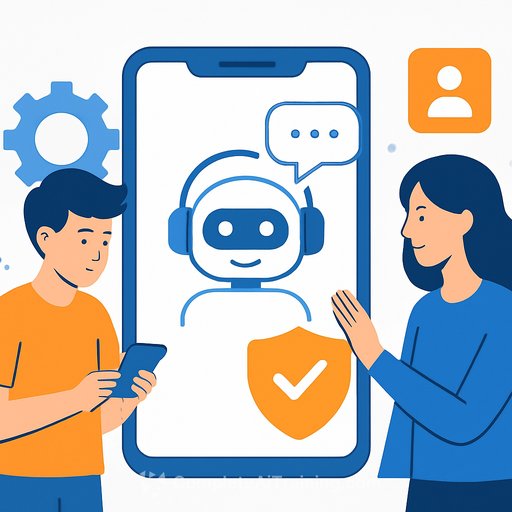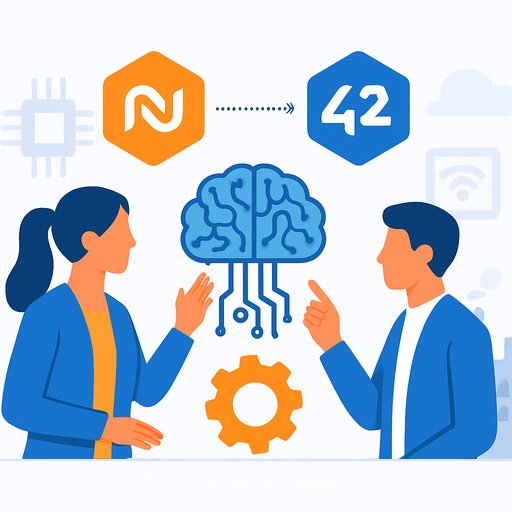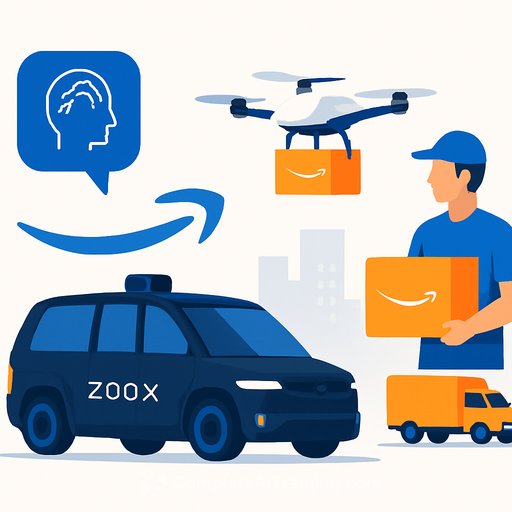Meta adds parental controls for AI-teen interactions: What product teams should know
Meta will roll out new parental controls for teens' interactions with AI chatbots beginning early next year. Parents will be able to turn off one-on-one chats with AI characters, block specific bots, and access high-level "insights" about chats without seeing full transcripts.
Meta's core AI assistant will remain enabled for teens, with age-appropriate safeguards by default. Instagram teen accounts are also moving to PG-13 content by default, and teens won't be able to change those settings without a parent's permission. These PG-13 limits will extend to AI chats.
Key changes
- Option to disable one-on-one chats with AI characters for teen accounts.
- Ability to block specific AI chatbots without turning everything off.
- Parent "insights" into AI chat topics, without access to full conversations.
- Meta AI assistant remains available to teens with default safety protections.
- Instagram teen accounts set to PG-13 by default; setting changes require parental approval.
- PG-13 policies apply to AI interactions as well as feed content.
Context: Pressure and usage
Meta continues to face criticism over teen safety and mental health risks tied to its platforms. AI companions are under scrutiny too, with lawsuits alleging harmful interactions.
Despite the concerns, teen usage is widespread. A recent Common Sense Media study reports over 70% of teens have tried AI companions, and roughly half use them regularly.
Advocacy groups remain skeptical. "From my perspective, these announcements are about two things. They're about forestalling legislation that Meta doesn't want to see, and they're about reassuring parents who are understandably concerned about what's happening on Instagram," said Josh Golin, executive director of Fairplay.
Why this matters for product development
- Default safety over optional safety: Expect stricter defaults for minors, limited teen autonomy, and parental approval gates.
- Granular controls: Blocking specific AI agents instead of blanket bans will set new expectations for control surfaces.
- Privacy-aware oversight: "Insights, not transcripts" hints at a pattern where parents see risk signals, not raw chat data.
- Policy parity: Content ratings (e.g., PG-13) applied across product surfaces, including AI features, will become a baseline expectation.
- Discovery and UX: Teens will likely face reduced exposure to certain AI functions and prompts; onboarding must adapt.
Design patterns to consider
- Age detection and verification with minimal friction and strong privacy safeguards.
- Role-based settings: teen, parent/guardian, educator; clear permissions and approval flows.
- AI conversation safety rails: topic filters, refusal behaviors, tone constraints, crisis escalation pathways.
- Parent dashboards with red-flag summaries, time-spent metrics, and topic categories-without full content exposure.
- Bot-level permissions: enable/disable per AI character or capability (e.g., creative role-play vs. advice).
- Ratings and labeling: consistent PG-13 mapping for prompts, responses, and generated media.
Policy and compliance implications
- Document minor-specific AI policies (safety tiers, training data constraints, evaluation coverage).
- Run age-segmented red-team testing for risky topics (self-harm, sexual content, substances, dangerous stunts).
- Audit logging for parental actions without storing sensitive chat content.
- Clear, plain-language disclosures for parents and teens about what's collected and why.
KPIs to monitor
- Teen exposure to restricted topics (rate of blocks and near-misses).
- Parent engagement with controls and insights (activation, repeat use).
- False positives/negatives in filters (over-restriction vs. gaps).
- Time to resolve safety incidents and escalation outcomes.
- Retention impact from stricter defaults and reduced feature access.
Open questions
- How are "insights" generated-local device signals, server-side classification, or both?
- What parental proof is required to link accounts? How are custody/consent edge cases handled?
- Does the PG-13 policy adapt by region or regulatory environment?
- What's the appeals process for mistaken blocks or mislabeled responses?
What to build next quarter
- V1 parental dashboard: bot-level toggles, time caps, topic summaries.
- Content rating engine for AI responses with a PG-13 profile, testable via offline eval sets.
- Crisis response flow: on-model refusals, resource surfacing, and human escalation for severe risk.
- Developer guardrail kit: prompt policies, safety templates, and automated tests for minors.
Communication checklist
- Publish a clear teen safety page with examples of allowed/blocked content.
- Provide parents with a quick-start guide and short explainer videos in-app.
- Offer transparent release notes when controls or defaults change.
- Collect structured feedback from parents, teens, and educators for iterative tuning.
Bottom line
Defaults are shifting from "let teens choose" to "lock safe settings, let parents loosen." If your product includes AI experiences for minors, plan for rating systems, granular controls, and privacy-first oversight-then measure whether those controls actually reduce harm without killing utility for legitimate use.
If your team is formalizing responsible AI skills and processes, explore practical training paths by job role at Complete AI Training.
Your membership also unlocks:






